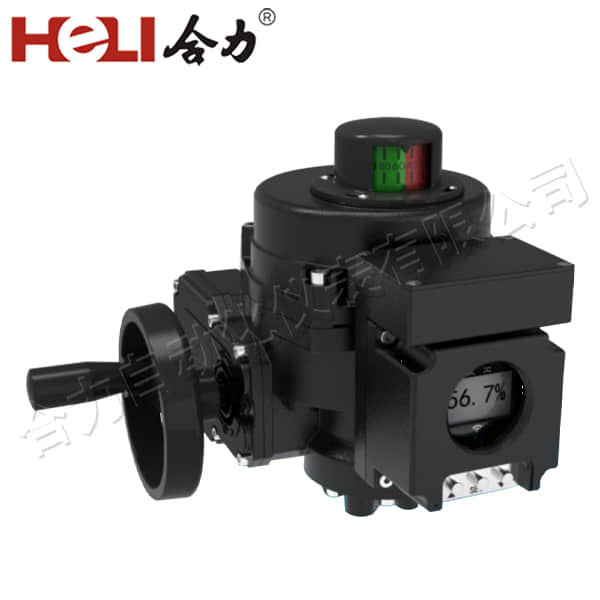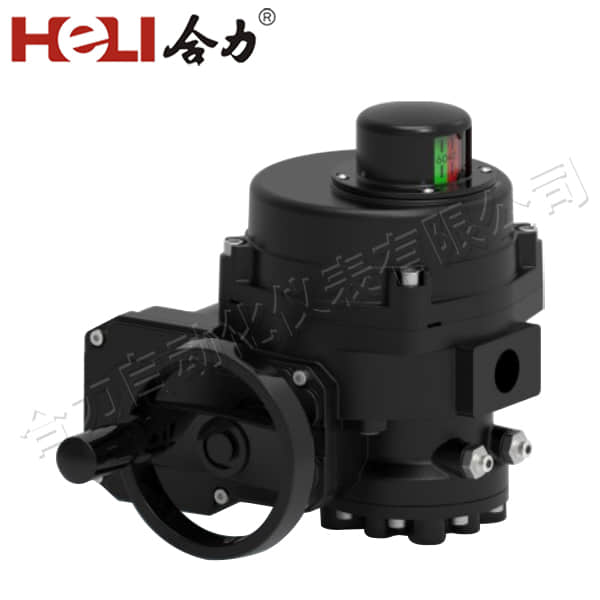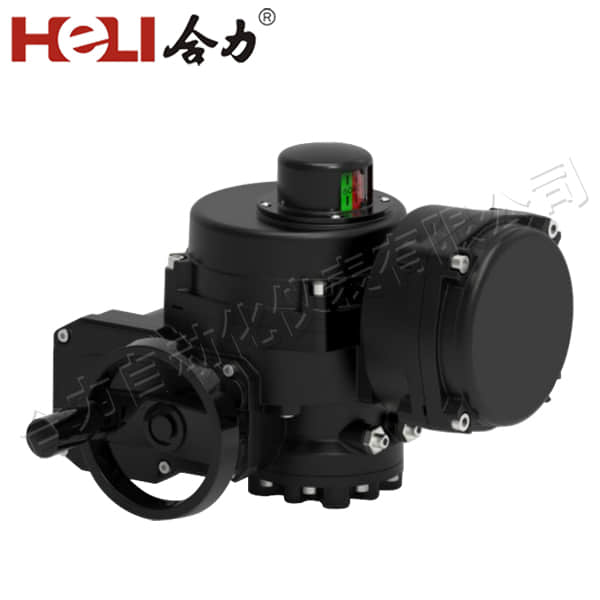understanding electric actuators: revolutionizing automation
Release time:2024-10-15 16:07:50
Electric actuators are pivotal components in modern automation systems, enabling precise control over mechanical processes across various industries. These devices convert electrical energy into mechanical motion, serving a wide range of applications from industrial machinery to consumer electronics. As technology advances, electric actuators continue to evolve, offering enhanced performance, efficiency, and versatility.

What Are Electric Actuators?

An electric actuator is a type of actuator that uses electrical energy to produce motion. Typically, it consists of a motor, a transmission system, and a control unit. The motor generates rotational motion, which is converted into linear or rotational output through the transmission. Electric actuators can be categorized into two main types: linear actuators and rotary actuators. Linear actuators move in a straight line, while rotary actuators produce circular motion. Key Components of Electric Actuators




